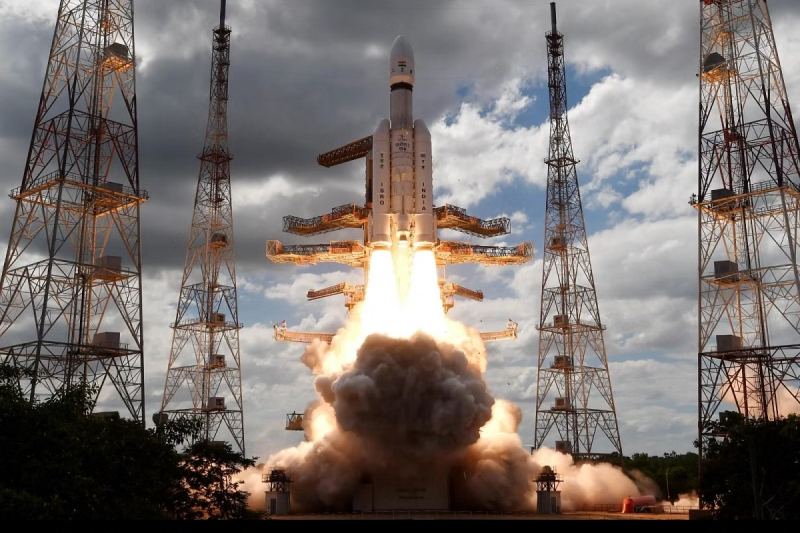
India Reenters Earth Orbit with Chandrayaan-3 Spacecraft
A few months ago, India’s Chandrayaan-3 mission created history when it successfully set down a tiny rover on the moon. With many more planned, this made India the fourth country to set foot on the moon. The Indian Space Research Organization (ISRO) has returned the Chandrayaan-3 drive section to Earth orbit in advance of a future sample return program.
India is still relatively new to lunar operations, compared to the US, which has been doing so for decades. The Indian Space Research Organization (ISRO) hopes to carry out more lunar operations as its space program grows, eventually sending samples back to Earth for examination. That will need a spacecraft that can return to Earth from the Moon, and the ISRO just so happened to have a fueled spacecraft parked in lunar orbit.
The propulsion module is a tiny box with tiny thrusters on the bottom and a solar panel on one side. The propulsion section of Chandrayaan-3 had significantly more fuel in reserve than anticipated due to the successful launch in July. The module served as a relay for communication between the surface robots and the Vikram lander and Pragyan rover after they were deployed. In order to find biosignatures that could aid astronomers looking for extraterrestrial life, it conducted observations of Earth.
The solar-powered rovers and lander were not intended to last for an extended period of time; as the long lunar night drew near, they went into sleep mode. Sadly, they failed to awaken at dawn, leaving the propulsion module idle and with an abundance of spare fuel. The group decided to collect additional data using that fuel. After being carefully moved away from the Moon, the module was sent back toward Earth. To prevent interfering with objects in geostationary orbit, the spacecraft was maintained in a high orbit. The drive module is currently 96,000 miles (154,000 kilometers) above Earth in its orbit.
When it approaches the intended sample return mission, the ISRO can make use of the flight data from Chandrayaan-3. There were other chances to select a little bit more test data than this one. Operators told Vikram to fire its thrusters during the first landing so it could make a brief “hop” on the surface. To deliver their samples, future missions will need to send a lander back into orbit, and this is the first step in that process. The ISRO can now concentrate on the Chandrayaan-4 mission, which has the potential to gather a sample from the Moon as early as 2028, after gaining all the knowledge it could from Chandrayaan-3.
Matthew Larson, originally from the Quad Cities, a medium sized metropolitan area on the Iowa/Illinois… Read More
The financial industry is frequently represented as a chilly, data-driven place. But what if you… Read More
Crime online is increasing. A research conducted by the University of Maryland's Clark School indicates… Read More
In today's competitive business landscape, companies are constantly seeking ways to gain a competitive edge.… Read More
Mother's Day is a celebration of motherhood, mothers, and the impact mothers have on society.… Read More
Effective advertising plays a crucial role in guiding consumer decisions in the bustling marketplace of… Read More